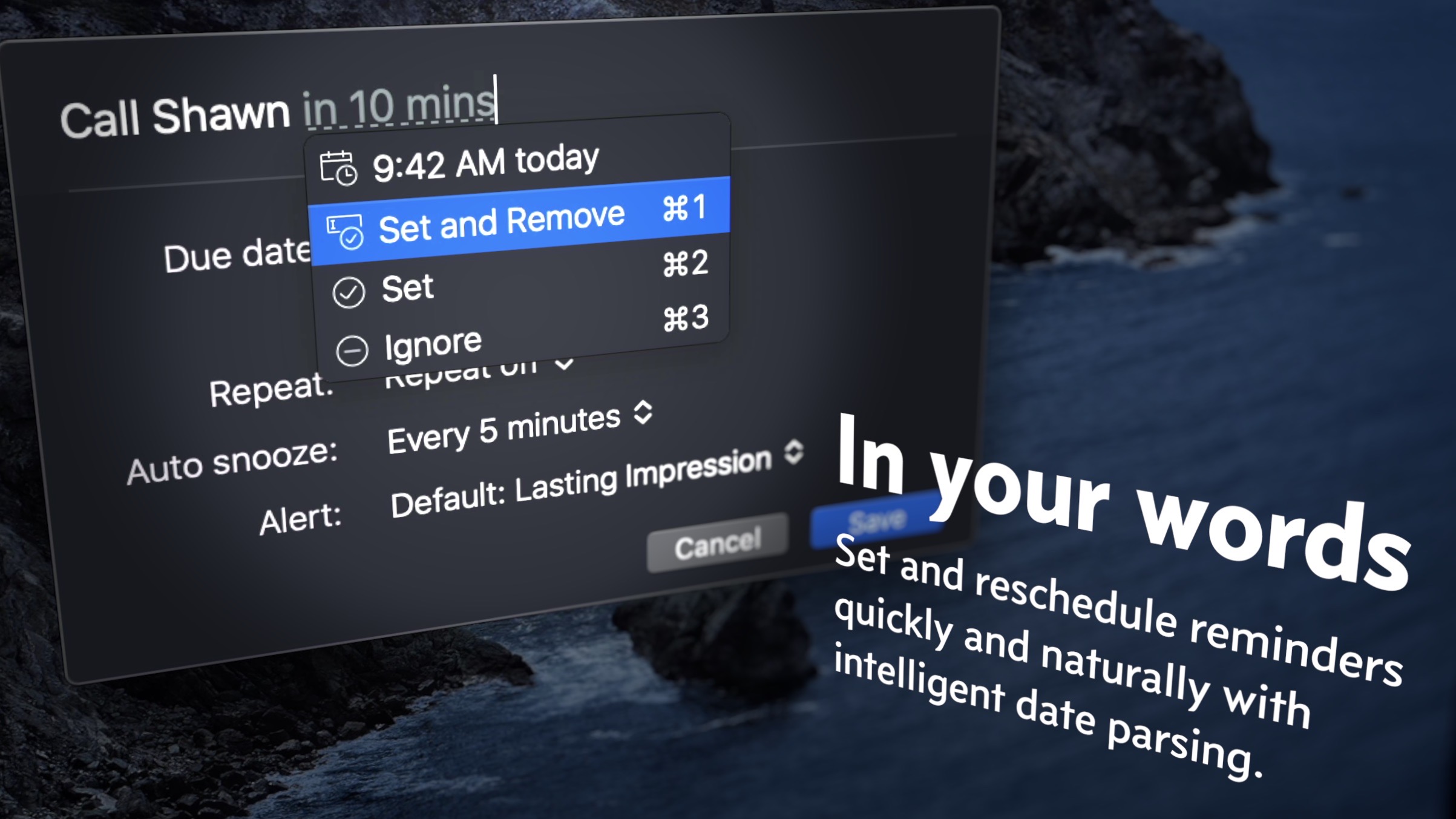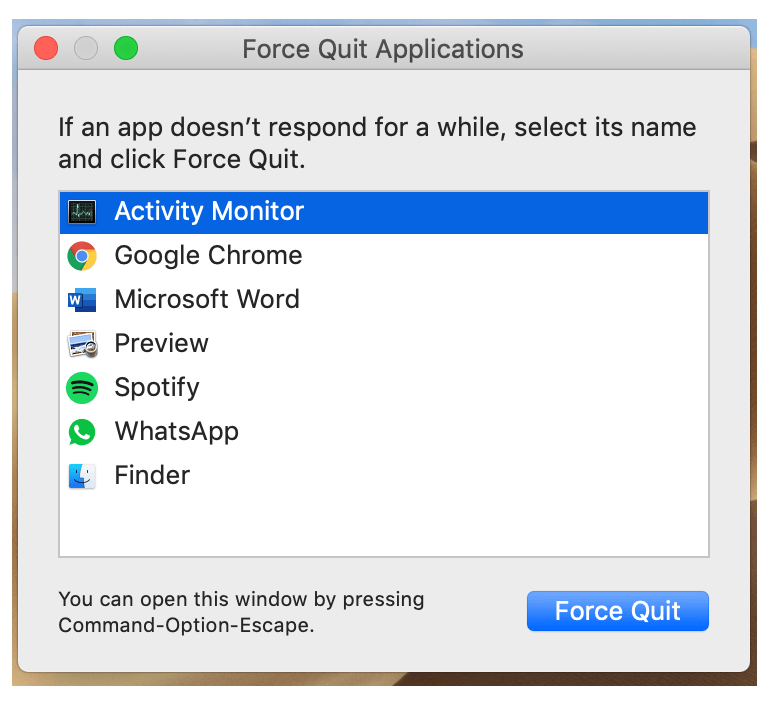


The CPU used by system processes is displayed in red, and the processor time used by user programs painted in blue. The information panel located at the bottom of the CPU pane in Activity Monitor provides information about the total CPU usage on Mac. To change the columns visible in the CPU pane, click on the Activity Monitor program to make sure that it is active and then in the menu bar click on View -> Columns and select or deselect the columns to show or hide. Instead, they modify the menu bar to include a context menu.
#Mac task manager app mac#
Mac has a menu bar (usually located in the top), which consists of some system menus and depending on which program is on the foreground, the application-specific menu.Īpple is not a fan of the right-click (context) menu. You can change the columns by going into the menu bar. By default, the processes window displays all running tasks with their names and other information in multiple columns. The CPU pane consists of two parts: processes and general CPU information. The first thing to look into when the Mac is slow is obviously CPU. When there is not enough memory to perform operations on the computer people say that there is a memory pressure present.įollowing are the five rough analogs of Task Manager panes in Activity Monitor. Each of them can help with identifying specific issues with the computer. The Activity Monitor has multiple tabs: CPU, Memory, Disk, Energy, and Network. Changing Activity Monitor icon in the Dock Task Manager Equivalents For There are other options for disk and network activity as well. Right-click on Activity Monitor icon, select Dock icons, and then Show CPU usage if you want to monitor CPU in real-time. The default icon for Activity Monitor is static, but you can change it to a dynamic one. Right-click on Activity Monitor icon, in the pop-up menu, select Options, and then Keep in Dock.Īnd now the cool part. In the pop-up menu, select Options -> Remove from the Dock.Īfter starting the Activity Monitor, you can pin it in the Dock. If you want to remove an app from the Dock, then right-click on the app icon. Programs and can pin the frequently used apps to the Dock for a quick start.Įvery new Mac comes with a list of apps already pinned to the Dock.
#Mac task manager app Pc#
The purpose of theĭock is similar to its PC counterpart: users can see the currently running
#Mac task manager app windows#
Windows is known as the Taskbar is called the Dock in Mac. You can do the same and even more in Mac. Usages of the Task Manager in Windows was minimizing it to the taskbar, so IĬan see CPU usage in real-time. Click on the Finder icon and in the new window click on Applications, then Utilities and Activity Monitor.app. Press Command and space bar keys simultaneously and type Activity Monitor in the search bar. Click on the icon that looks like a rocket in the Dock, and type Activity Monitor in the search bar. There is no magic key combination for the Activity monitor, but there are multiple ways to start it in Mac. What is Ctrl, Alt, and Delete on a Mac? To start Task Manager in Windows users use either famous three keys combination: Ctrl, Alt, and Del or right click on the Taskbar. Like Task Manager, the Activity Monitor is often used to solve performance issues and identify apps that slow down the Mac. We will review the similarities and differences below. Obviously, there are certain differences between the two applications because macOS and Windows are completely different operating systems.īut since users on both platforms often need similar information from the computer there are many similarities between the Task Manager and Activity Monitor. It does everything that Task Manager does: displays active processes, shows performance metrics such CPU, disk or network usage, shows connected users, and most importantly allows to identify runaway tasks. The equivalent of the Task Manager in macOS is Activity Monitor. System (you-know-who), I was obviously looking for various equivalents ofĬommon OS patterns, and Task Manager was one of the first things I was Working with Apple Macs after many years of experience with another operating


 0 kommentar(er)
0 kommentar(er)
